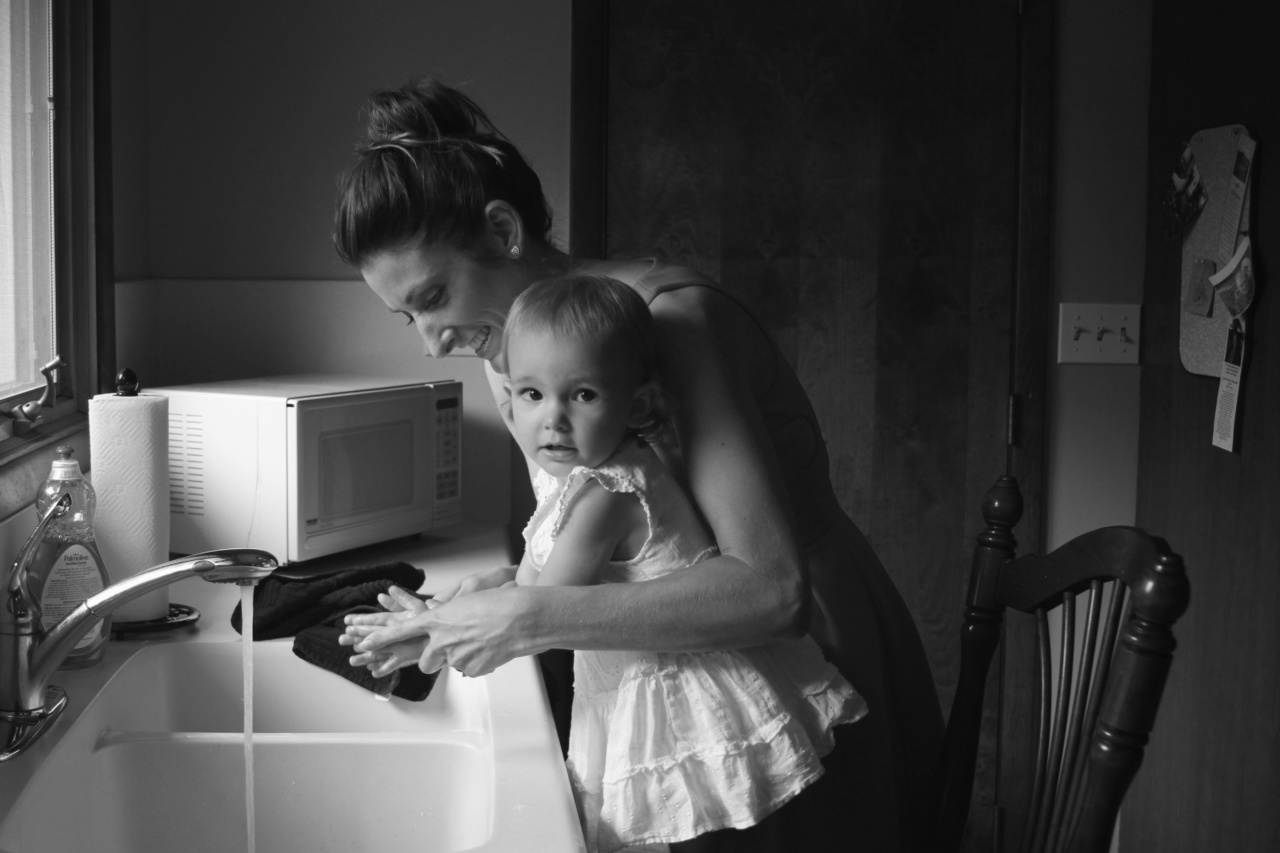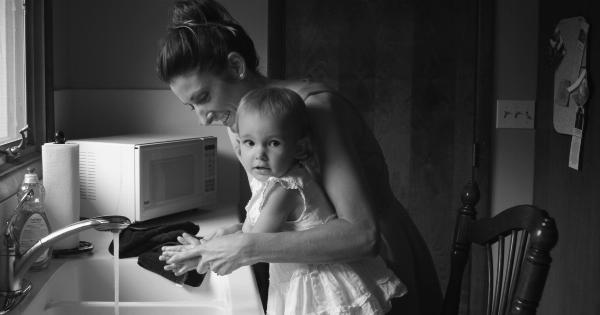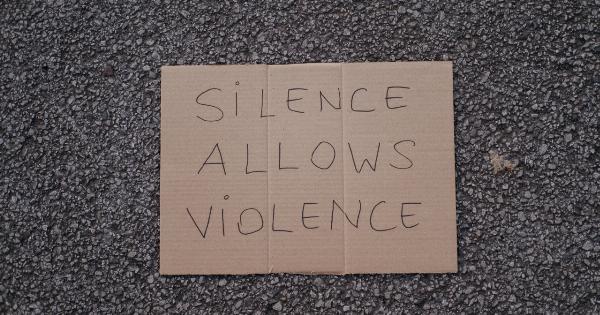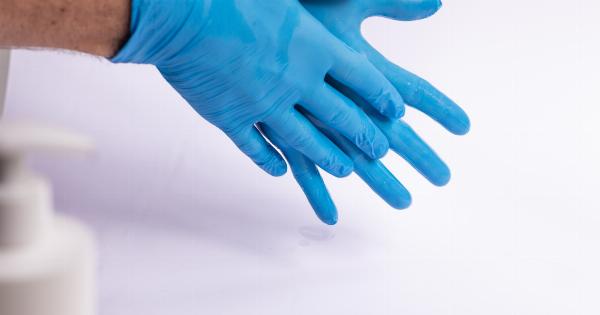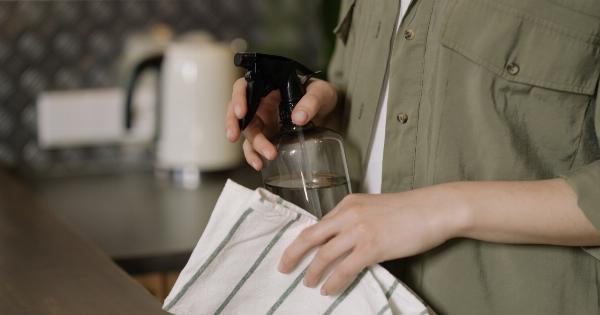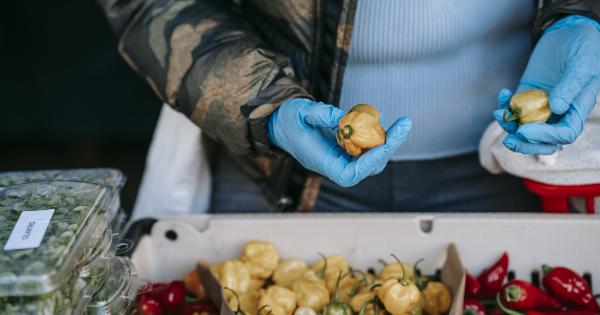Hand hygiene plays a crucial role in maintaining good health and preventing the spread of diseases. Children, in particular, need to be educated about the importance of clean hands from an early age.
As adults, it is our responsibility to teach them proper handwashing techniques and instill in them the habit of washing their hands regularly. In this article, we will discuss the importance of handwashing, when and how to wash hands, and some tips to make handwashing fun for children.
The Importance of Handwashing
Handwashing is one of the most effective ways to prevent the transmission of germs. Our hands come into contact with various surfaces throughout the day, and they can easily pick up bacteria, viruses, and other harmful microorganisms.
When children touch their face, eyes, nose, or mouth with dirty hands, they can unknowingly introduce these pathogens into their bodies, leading to infections and illnesses.
Regular handwashing with soap and water removes the germs from our hands, reducing the risk of getting sick. It is especially important before eating, after using the toilet, after playing outside, and after coughing or sneezing.
By teaching children to wash their hands frequently, we empower them to take control of their own health.
When to Wash Hands
It is essential for children to understand the situations that call for handwashing. Here are some key moments when hands should be washed:.
1. Before eating or handling food:
Prior to meals or snacks, children should always wash their hands to remove any bacteria or germs that may be present and prevent them from entering their bodies.
2. After using the toilet:
One of the most critical times to wash hands is after using the toilet. This helps prevent the spread of harmful bacteria that can cause stomach and intestinal infections.
3. After playing outside:
Outdoor play can expose children’s hands to dirt, bacteria, and other contaminants. Washing hands with soap and water after playing outside helps eliminate these germs and keeps them from spreading to other surfaces or objects.
4. After coughing or sneezing:
Covering the mouth and nose with a tissue or the elbow is a good practice, but it is equally important to follow up with handwashing. This removes any respiratory secretions that may contain viruses or bacteria.
How to Wash Hands Properly
Teaching children the correct handwashing technique is essential for effective germ removal. Here is a step-by-step guide:.
1. Wet hands:
Start by wetting the hands with clean, running water. Make sure the water is comfortably warm, but not too hot.
2. Apply soap:
Next, apply enough soap to cover all surfaces of the hands. Choose a mild, hypoallergenic soap that is suitable for children’s delicate skin.
3. Rub hands together:
Have your child rub their hands together to create a lather. Ensure that they cover all areas, including the back of the hands, between the fingers, and under the nails.
4. Scrub for 20 seconds:
Encourage your child to scrub their hands for at least 20 seconds. You can make it fun by singing a short song together, such as the “Happy Birthday” song twice.
5. Rinse thoroughly:
Once the hands have been thoroughly scrubbed, rinse them under clean, running water. Make sure to remove all soap residues.
6. Dry hands:
Finally, have your child dry their hands using a clean towel or air dryer. Ensure they dry their hands completely, including between the fingers, to avoid creating a humid environment that promotes the growth of bacteria.
8. Making Handwashing Fun
Getting children excited about handwashing can help establish it as a healthy habit. Here are some ideas to make handwashing a fun and enjoyable activity:.
1. Use colorful soaps:
Provide your child with colorful and pleasantly scented soaps. They can choose their favorite characters or shapes, making handwashing more enticing.
2. Sing a song:
Encourage your child to sing a song while washing their hands. Choose a catchy tune that lasts approximately 20 seconds to ensure they scrub their hands for an adequate duration.
3. Create a handwashing chart:
Make a chart or use a sticker reward system to track your child’s handwashing habits. Offer small rewards or praise when they consistently wash their hands at the recommended times.
4. Handwashing role-play:
Engage your child in role-playing scenarios where they pretend to be a doctor, nurse, or chef, emphasizing the importance of clean hands in these professions.
Conclusion
Teaching children the importance of handwashing is a vital life skill that will serve them well throughout their lives.
By instilling proper hand hygiene practices from an early age, we empower children to take responsibility for their own health and well-being. Remember, frequent handwashing with soap and water is the most effective way to prevent the spread of germs and stay healthy.
